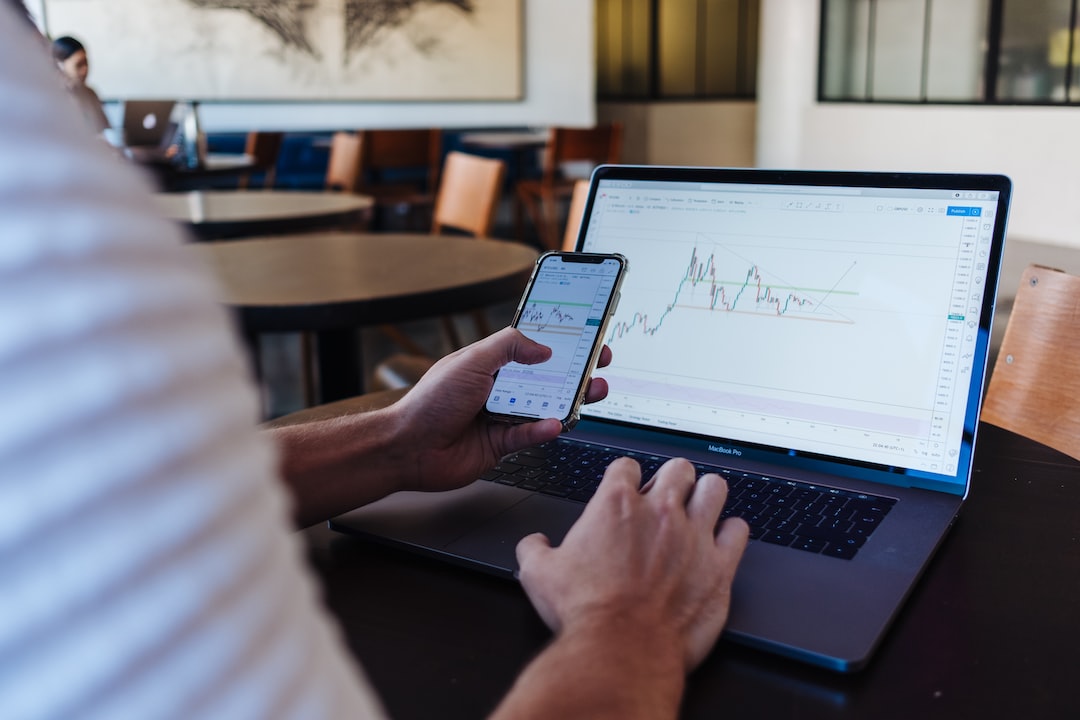Forex trading is one of the most popular forms of trading in the global financial markets. It involves the buying and selling of currency pairs in order to make a profit from the fluctuations in their exchange rates. Forex traders use a variety of technical and fundamental analysis tools to predict market movements and identify profitable trading opportunities.
Backtesting is a crucial part of the forex trading process. It involves testing a trading strategy on historical market data to determine its profitability and reliability. Backtesting allows traders to evaluate the effectiveness of their strategies and make necessary adjustments before risking real money in the market.
The amount of backtesting required for a trading strategy depends on several factors, including the complexity of the strategy, the size of the data set, and the level of accuracy desired. Generally, traders should backtest their strategies over at least five years of historical data to ensure they are robust and reliable. However, some traders may choose to backtest over longer periods to gain a deeper understanding of market trends and patterns.
The length of time required for backtesting also depends on the frequency of trading. For example, a day trader may need to backtest their strategy over several years of data, while a long-term investor may only need to backtest over a few months or years.
Backtesting can be done manually or using software programs. Manual backtesting involves analyzing historical data by hand and can be time-consuming and prone to errors. Software programs, on the other hand, can automate much of the backtesting process and provide more accurate results.
There are several software programs available for backtesting forex trading strategies. These programs allow traders to test their strategies on historical data and analyze the results to identify profitable patterns and trends. Some popular backtesting software programs include MetaTrader 4, TradingView, and NinjaTrader.
When backtesting a trading strategy, there are several key metrics to consider. These include the profit factor, the win-loss ratio, and the maximum drawdown. The profit factor measures the ratio of the total profit to the total loss, while the win-loss ratio measures the number of winning trades compared to the number of losing trades. The maximum drawdown measures the largest loss that a trader could have experienced during the backtesting period.
In addition to backtesting, forex traders should also use forward testing to validate their strategies. Forward testing involves testing the strategy in real-time market conditions using a demo account or small amounts of real money. This allows traders to test the effectiveness of their strategies in current market conditions and make necessary adjustments before risking larger amounts of capital.
In conclusion, backtesting is a crucial part of the forex trading process. It allows traders to test their strategies on historical data and identify profitable patterns and trends. The amount of backtesting required depends on several factors, including the complexity of the strategy and the level of accuracy desired. Forex traders should also use forward testing to validate their strategies in real-time market conditions. By using backtesting and forward testing, traders can develop robust and reliable trading strategies that can lead to long-term profitability in the forex market.





